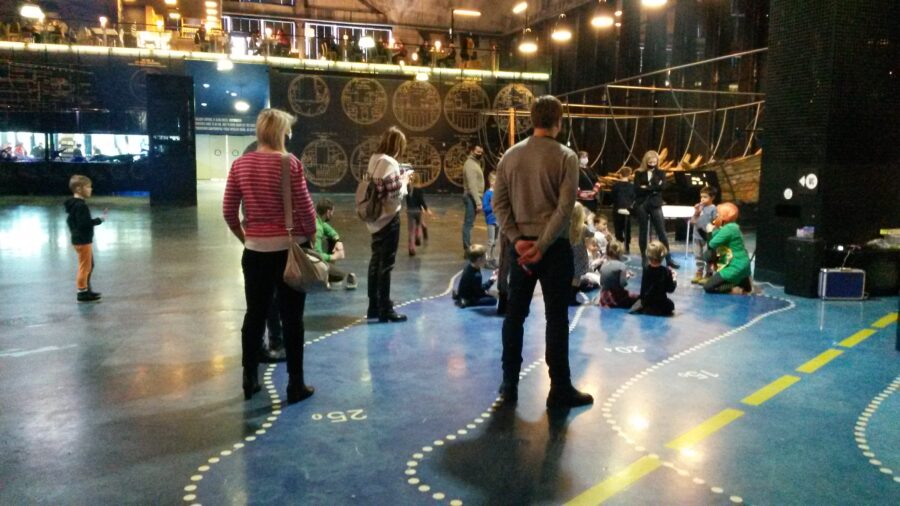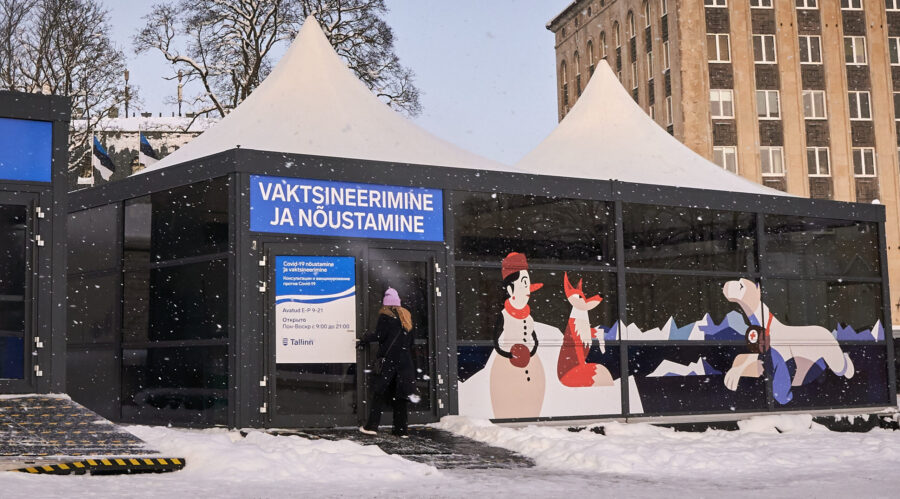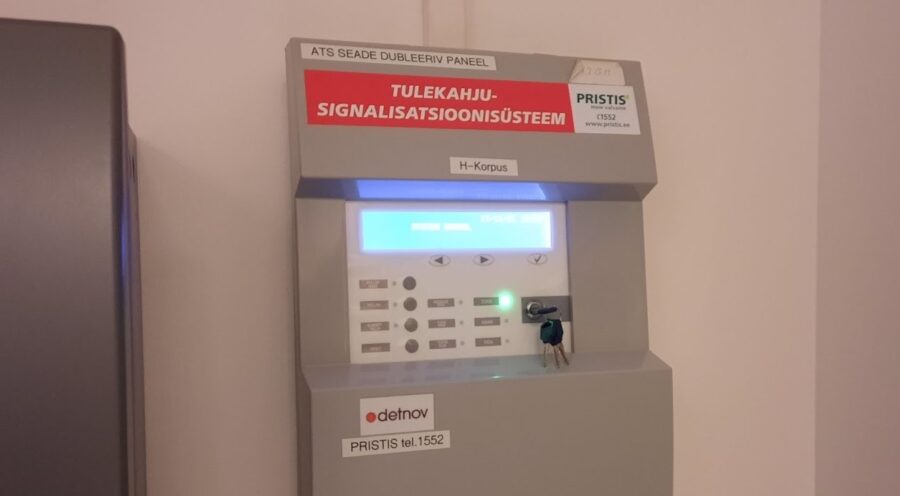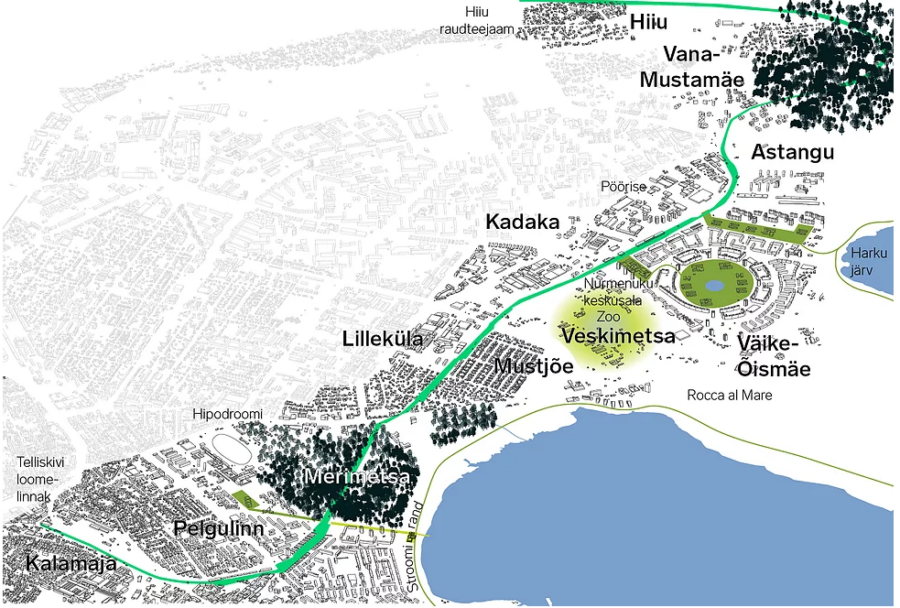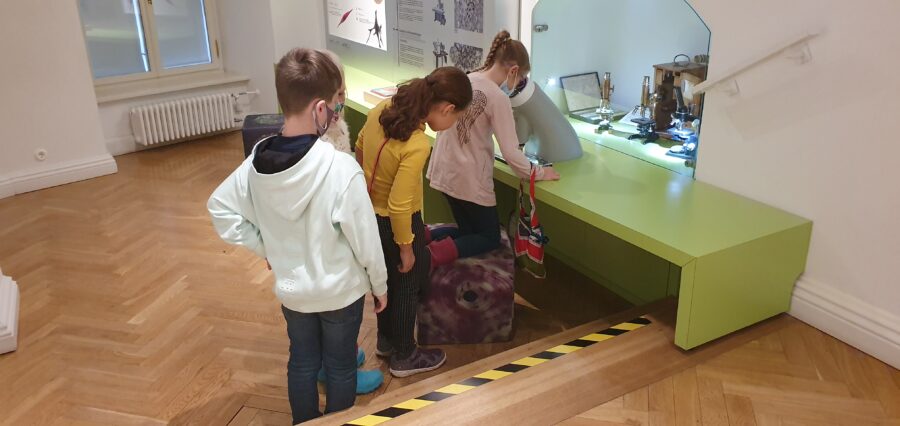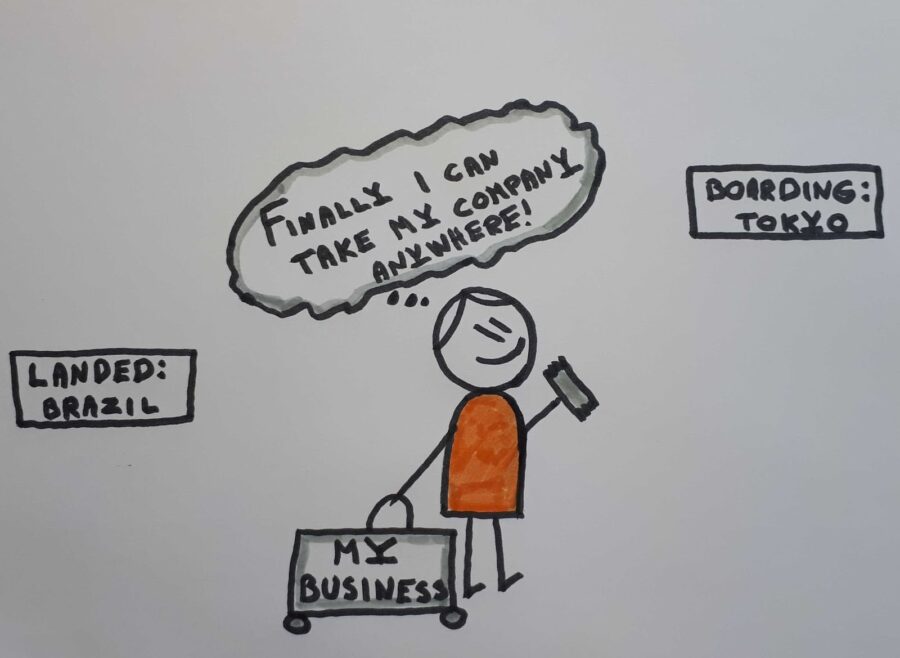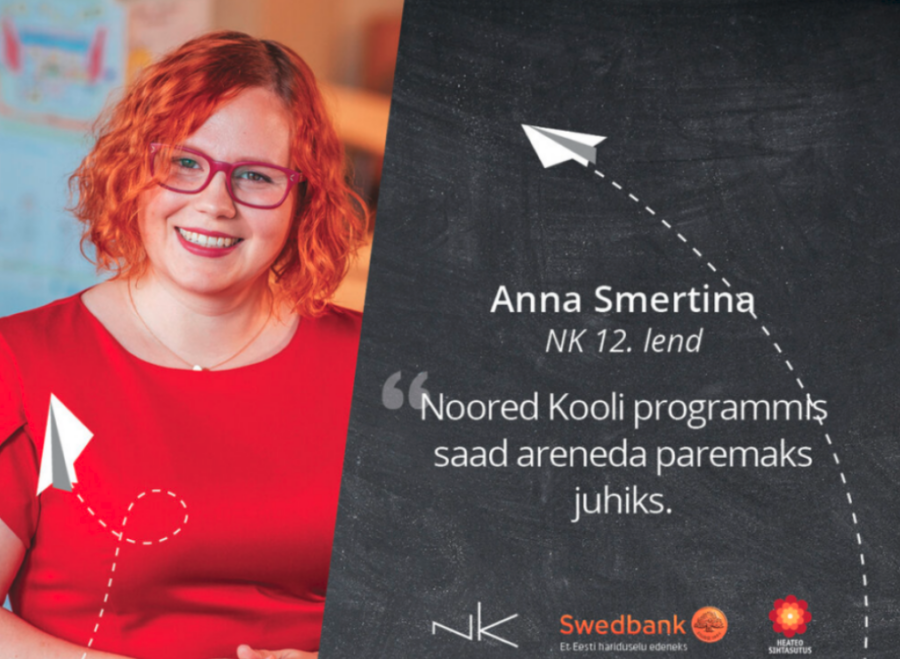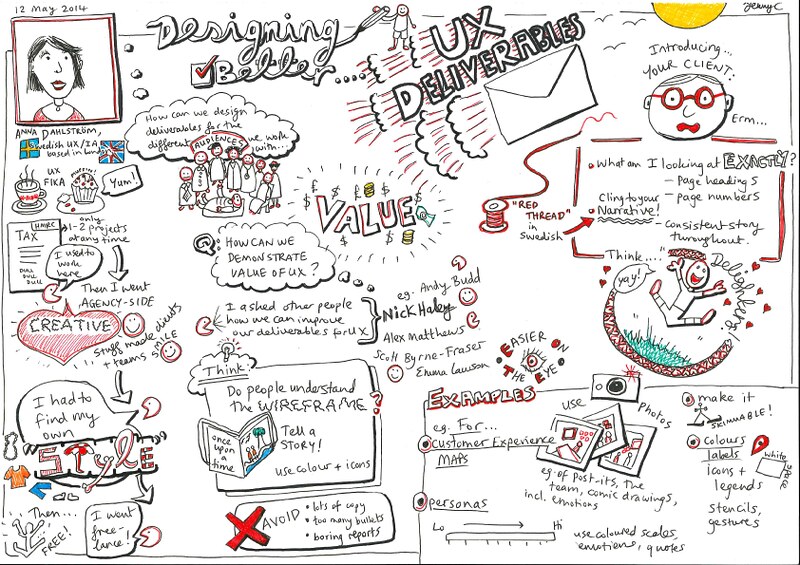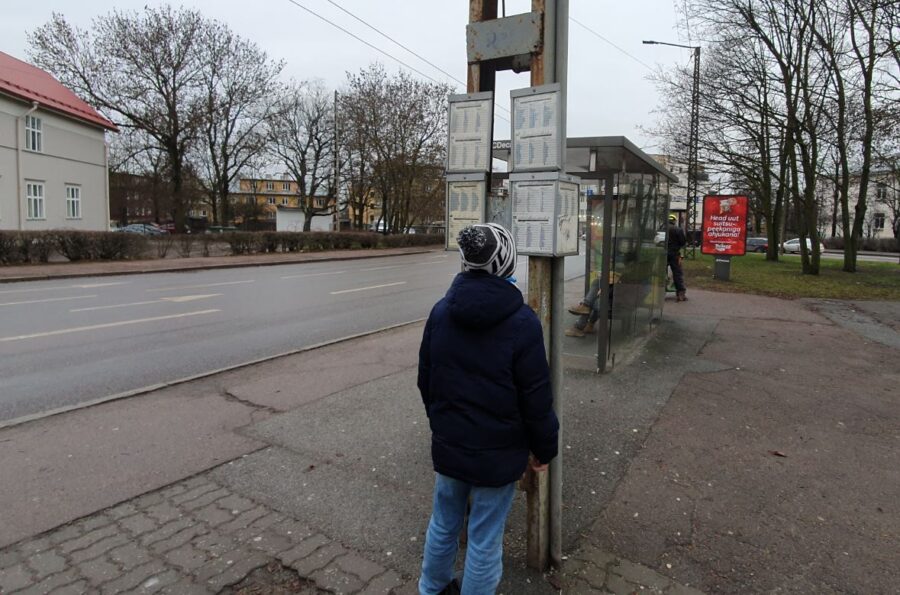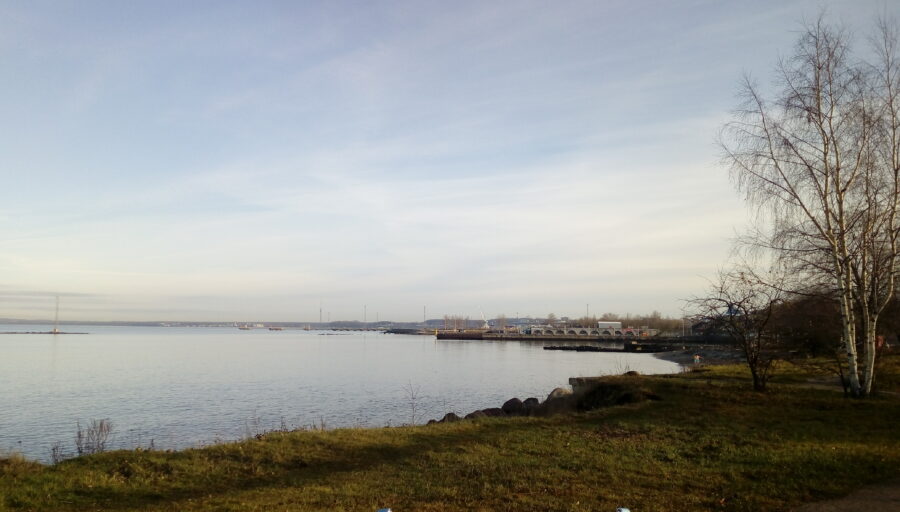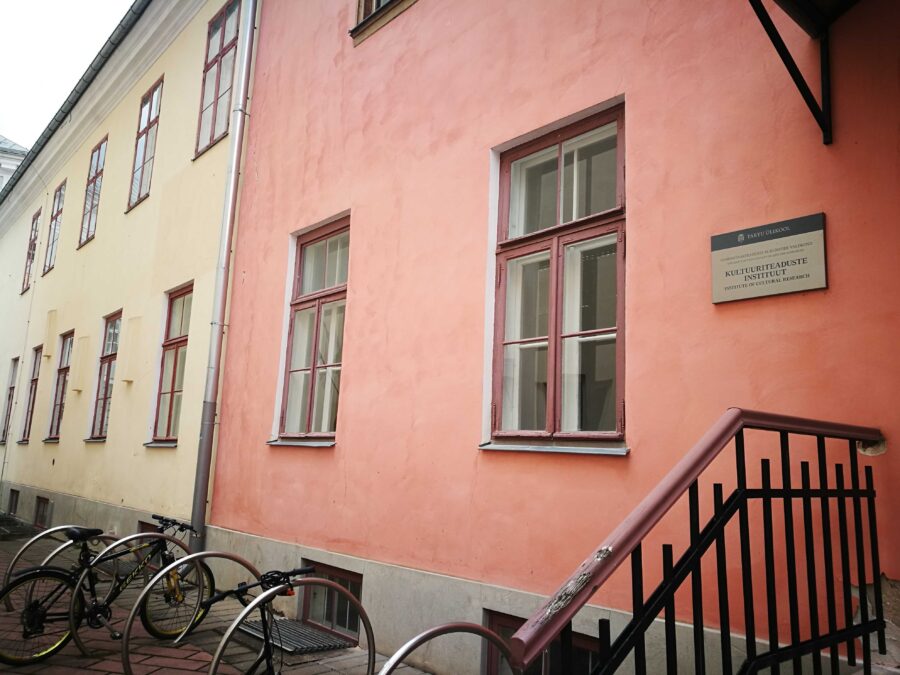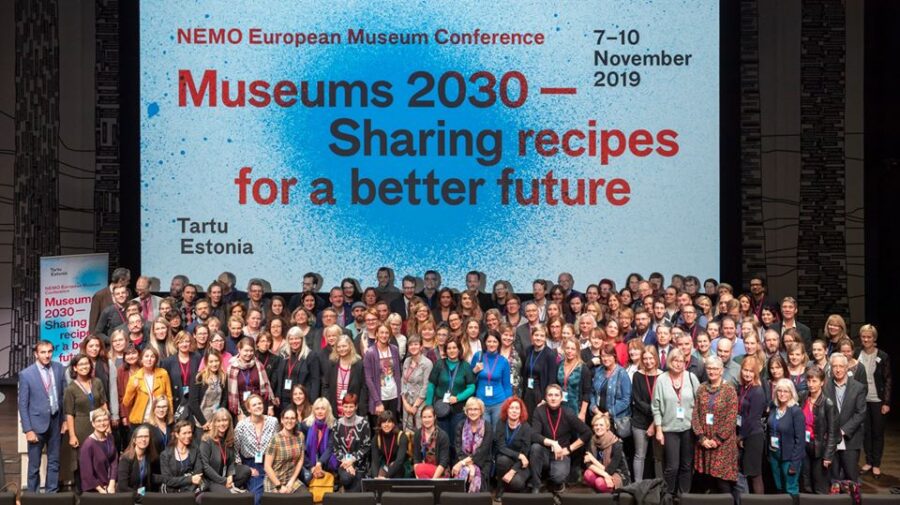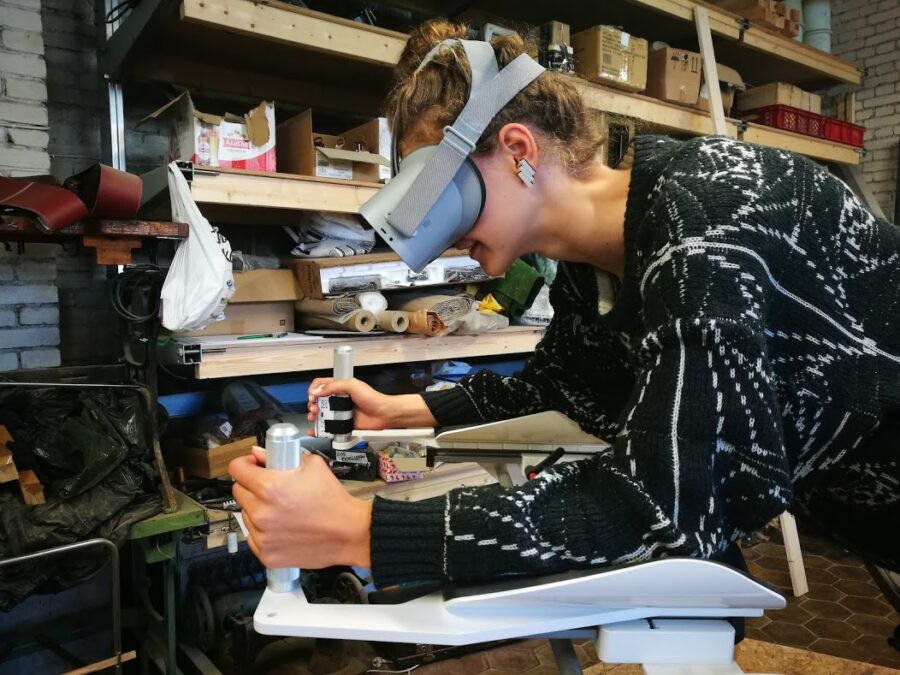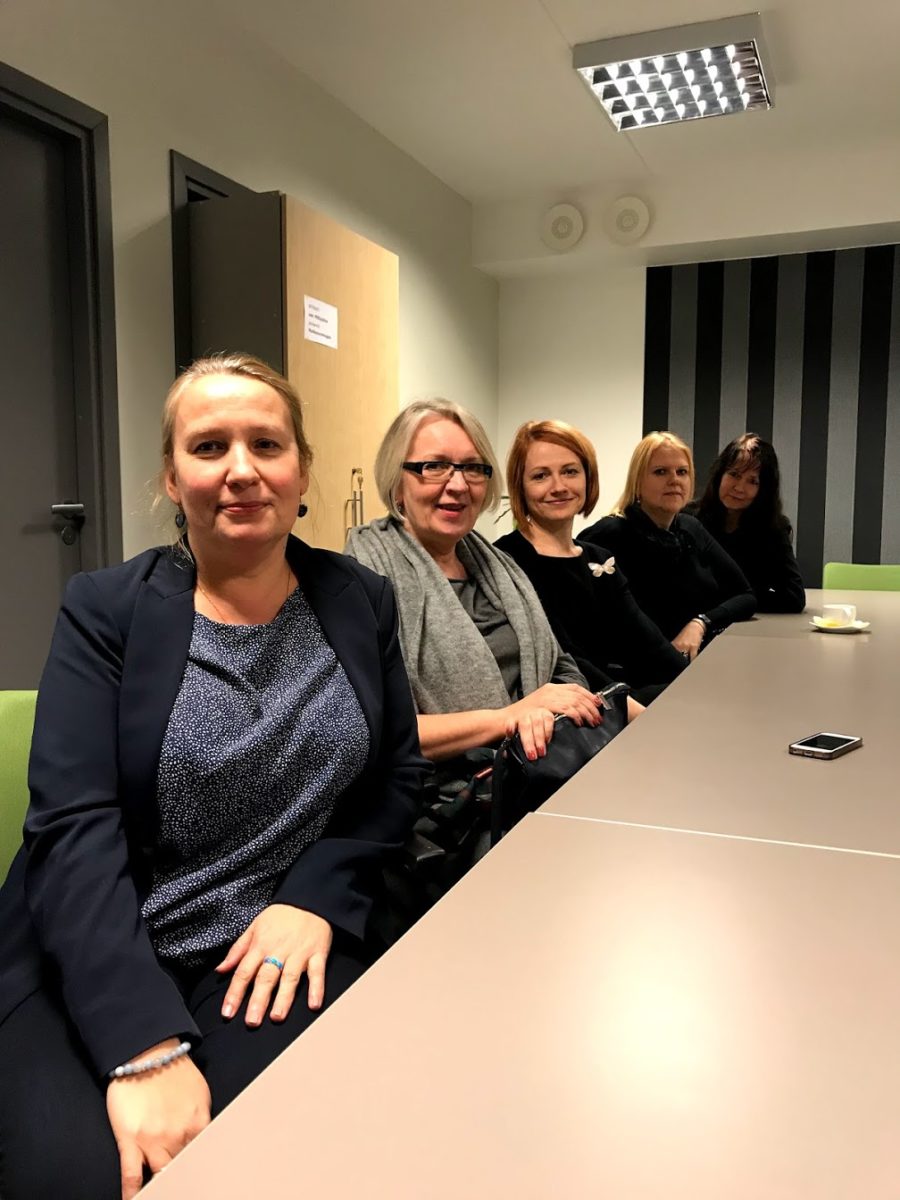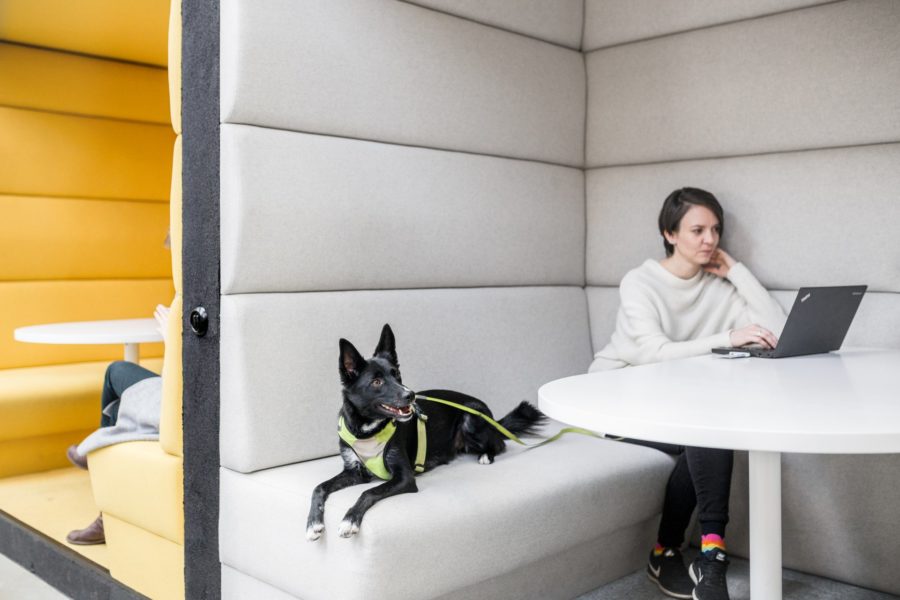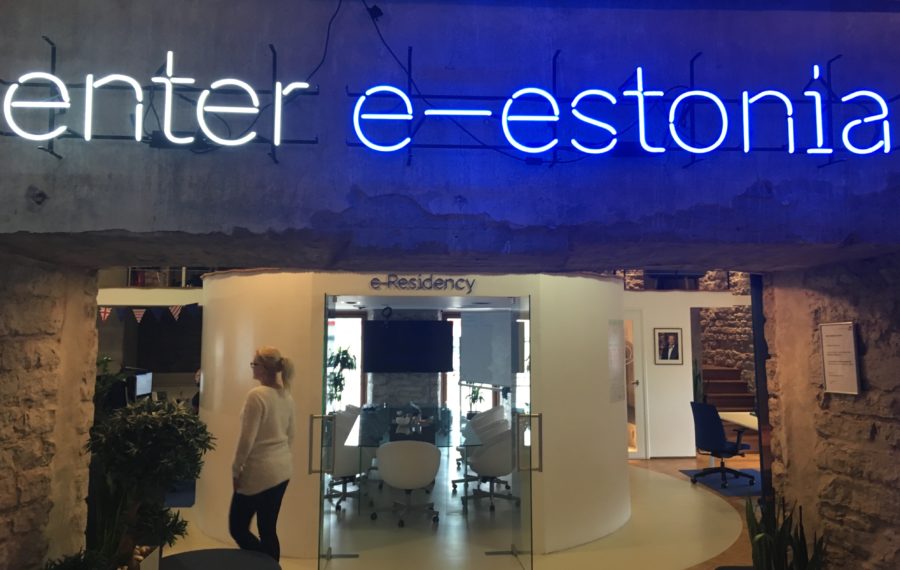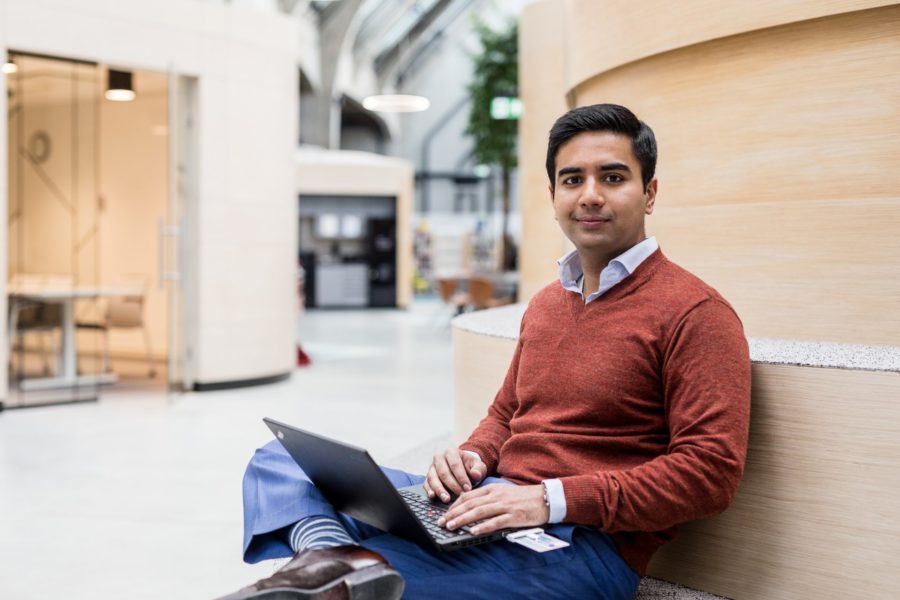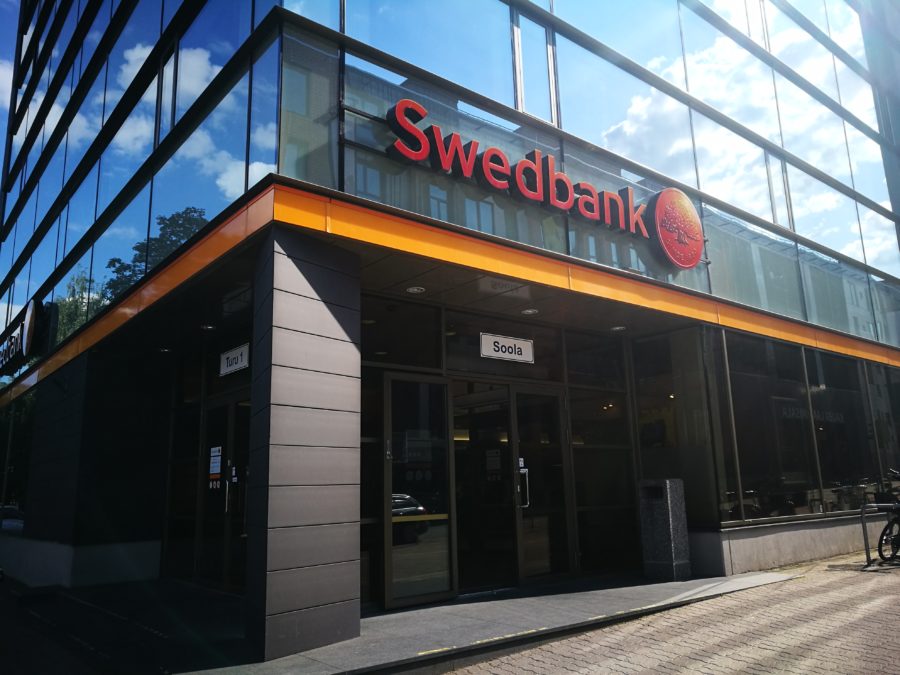At the beginning of 2022, we conducted a study for the Estonian Maritime Museum. The aim of the project was to provide an overview of the experience of children and families visiting the Seaplane Harbour Museum branch and to understand what the children’s needs and expectations are in relation to the permanent exhibition. During the research, we conducted observations along with short interviews, visited the museum with the children by prior agreement, conducted in-depth interviews and asked the children to capture the museum visit with a camera and to talk about it later with the help of photos.
We included 19 children from 11 families in the study using the methods of shadowing, photo voice and in-depth interviews. The result helps the museum to understand their visitor experience from the children’s perspective and to understand how children would like to see the permanent exhibition. We found that it is possible to make the children’s visit both more educational and more enjoyable by bringing the information even closer to the children and taking into account the central role of parents in shaping the children’s visit.
The next stage of the project was passed on to the creativity accelerator VIVITA with a workshop held after the presentation, where we discussed together with the Lennusadama team how to direct the visit of children and families and to convey the exposition even better to children. VIVITA then conducted a design sprint with the children. As a result, they designed 4 new objects to the new permanent exhibition to be opened in 2023.
In cooperation with Vivita and the Estonian public sector Innovation team, we held a webinar for wider audience to raise awareness among civil servants, politicians, opinion leaders, desingers etc. As a result, this visual sheet of instructions was born – feel free to download it and share it!
Author: Siiri Taimla-Rannala, Joonmeedia

